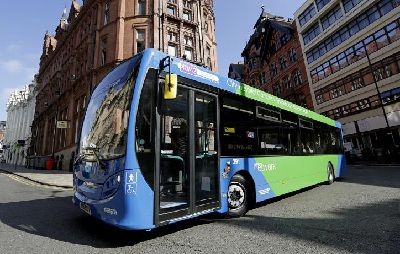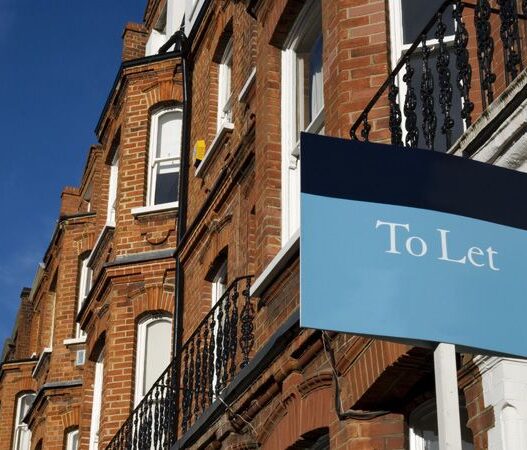“Brownfield passports” could be issued across England's towns and cities to “ensure that the default answer to brownfield development is 'yes'”, according to a government consultation.
The move is part of the government's plan to build 1.5 million homes over the next five years, the Ministry of Housing, Communities and Local Government said. Nearly one million homes have been built in the country in the past five years.
The government is due to publish an updated National Planning Policy Framework document by the end of the year, which will see increased housing targets and mandates for local authorities.
This includes development on Green Belt and “Grey Belt” land, which the government classifies as “low quality” or green belt blighted areas.
But the planning reform working document states that “the first starting point for development should be brownfield sites”.
It adds: “The Government wants to consider whether there are opportunities to go further in terms of providing a faster and more certain way of gaining permission for brownfield sites in urban areas, and in particular whether a 'brownfield passport' could be introduced to ensure that the default answer to brownfield development is 'yes'.”
The ministry says brownfield development should mean:
Make more productive use of vacant and underused brownfield sites Identify where existing developed land could benefit from redevelopment, intensification or change of use Communicate brownfield opportunities with plans based on community input Ensuring that these developments contribute to creating great places that support resilient communities
The paper states that the density of urban population in the UK is an area of investigation.
It states: “Many of our urban areas have been developed at a relatively low density, especially compared with some cities and towns in continental Europe. In England no square kilometre has more than 25,000 inhabitants, but cities such as Barcelona and Paris have more than twice that number.”
Alternatively, the paper said, “the development should be at least four storeys” and overlook a busy downtown area that is “highly accessible”.
The ministry's consultations will close on September 24th.





















